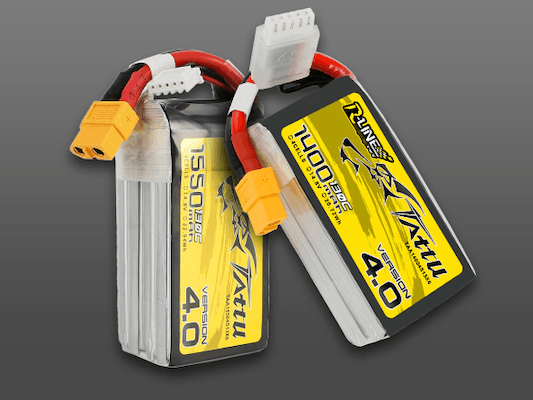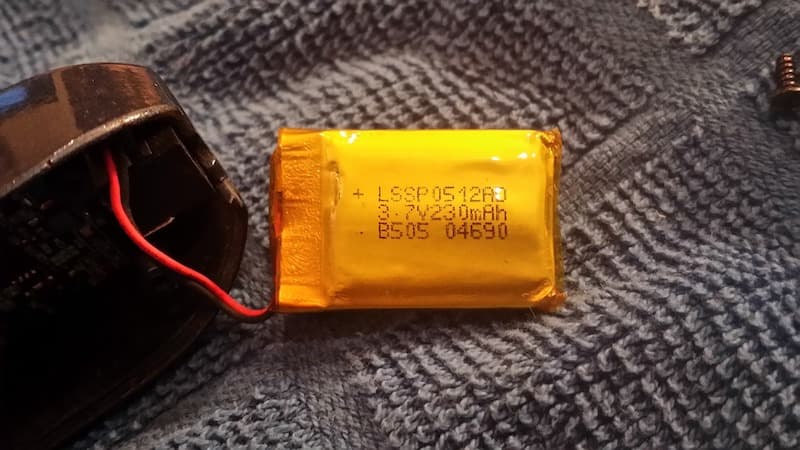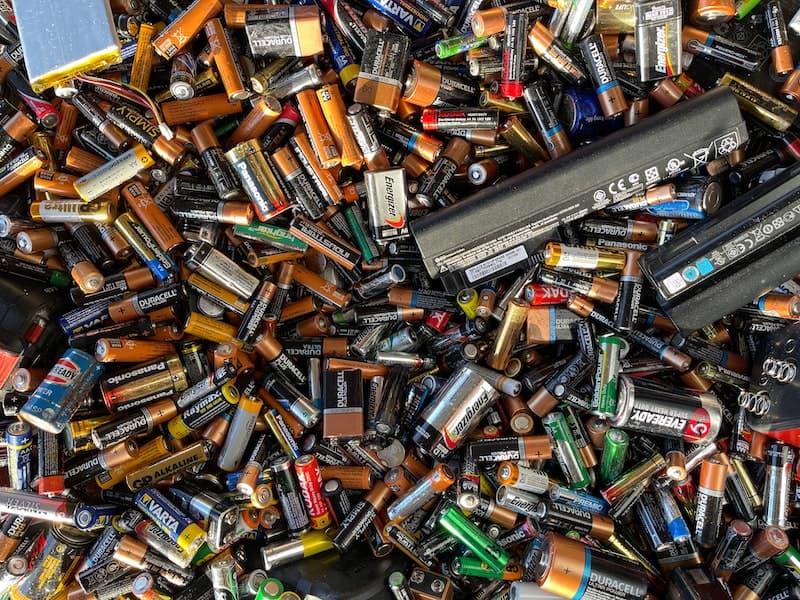Published August 4, 2021
Everything You Need to Know About LiPo Batteries
Your go-to guide to maximize the performance and lifespan of your LiPo batteries

Lithium ion batteries have become an omnipresent part of our lives. These batteries power everyday items that we use on a daily basis, including as laptop computers and cell phones.

The pouch-shaped LiPo battery is a development of the cylindrical Lithium Ion battery and is prominent in the drone ecosystem. The pouch's design is extremely adaptable, allowing for a wide variety of applications. Compared to nickel-metal hydride (NiMH) or nickel-cadmium (NiCd) batteries, lithium-ion (LiPo) batteries have three key advantages:
they have higher capacities, allowing them to hold more power;
they are lightweight, and can be morphed into almost any size or shape;
they offer much higher discharge rates, meaning you can power your drone to do heavy-duty activities
But, there are some disadvantages to LiPo batteries too:
they have a shorter lifespan (fewer charge/discharge cycles);
their internal chemistries are more sensitive, which can lead to fires if the battery gets damaged;
they require special attention in the way they are charged, discharged, and stored.

There are some precautions you can take to prolong the lifespan of your LiPo battery:
Never overcharge a LiPo battery. An average full charge is 4.2 volts per cell. LiPo batteries should never be "trickle" charged. A universal feature of Li-ion battery chargers is an automatic supply cut-off, which, as the name implies, stops the charging current as soon as the batteries are fully charged and before any harm is done. The automatic supply cut-off, however, may malfunction, which could result in overpressurization, a sharp increase in temperature, and eventually an explosion or fire.
Never over-discharge a LiPo battery's individual cell voltage below 3.0 volts. To keep your battery healthy, you should never lower the voltage per cell below 3.2 volts. Your battery is prone to irreversible damage if left at 2.9 volts per cell and below. The majority of ESCs (electronic speed controls) in drones have Low Voltage Cutoffs. But Low Voltage Cutoff is a last-ditch effort to prevent maximum battery damage, and it shouldn't be relied upon. Your LiPo batteries will have a very short lifespan if you constantly push your drone to its Low Voltage Cutoff because when the ESC turns off the ground vehicle or cuts power to the air vehicle to give you time to land, it will severely drain the battery. Discharging the battery and causing harm occurs even when the Low Voltage Cutoff is set to 3.2 V per cell while under load.
Your LiPo batteries shouldn't be fully charged for more than two to three days. If you decide not to use your battery after the third day, you must safely store it by lowering its voltage to between 3.6 and 3.8 V per cell until you are ready to use it again. If not stored properly, LiPo batteries can be temperamental to the point of igniting. Never use a charger designed for a battery type other than lithium batteries. Always store Lipo batteries with a state of charge (SOC) of at least 50%. A slightly higher SOC is advised for long-term storage.
LiPo batteries' number one adversary is heat. Take excellent care of your LiPo batteries. LiPo batteries should always be kept at ambient temperature. Avoid keeping them in a frigid refrigerator or a hot garage. Taking a battery out of a cold fridge might result in condensation on the inside of the battery, which can be quite dangerous even if a cold battery has fewer chemical reactions happening that can prolong its lifespan. Your batteries' lifespan will be shortened as the temperature rises. Never charge a battery that is still warm from use, and never put a warm battery into use. It is advised to wait at least 15 minutes after using a LiPo for it to cool down before charging. This increases the LiPo's lifespan and averts potential overheating and damage.
Never leave your LiPo battery on full or low charge for a long period of time. The majority of LiPo batteries typically have a lifespan of little more than 300 charge cycles, depending on how they are utilized. This lifespan will be significantly reduced if they are constantly running on a full or low charge, when they are left entirely dead, or when they are exposed to high temperatures. Batteries automatically self-discharge as they sit. Even though LiPo batteries self-discharge far more slowly than the majority of other types of rechargeable batteries, they nonetheless lose capacity over time (approximately 1% per month). They may sustain irreparable harm when the batteries oxidize if you continuously operate them on a full or low charge for several weeks or months or if you totally drain them.
Never charge or use LiPo Batteries that have been punctured, broken, swollen, or otherwise malformed. Vibration and impacts may result in some damage to the LiPo battery's case or internal battery damage. The damaged portion is where failure initially happens because of low resistance, which generates heat when the battery is being charged. Lithium oxide is produced by this heat, which increases resistance and generates additional heat. The process continues until the internal pressure causes the battery to rupture. The reaction between the heat, oxygen, and humidity in the air at this point with the lithium causes a fierce and hazardous fire.
A battery only lasts for a specific amount of cycles and time, even with the utmost care. It is comparable to a living being that develops an illness and dies prematurely. The manufacturer might recommend a certain number of discharge/charge cycles, but a battery's health largely depends on the environment and usage habits. Failures caused by batteries are prevalent; some may just be a minor inconvenience to the user but others can produce dire effects.
This is why we at Alphaswift, implore all our users to handle batteries with the greatest care.